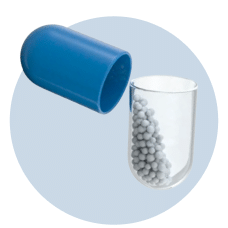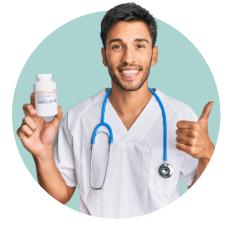Hairdruff S Shampoo
Product introduction
Hairdruff S Shampoo is only meant for external use and should be used as advised by your doctor. This medicine should be used regularly to get the most benefit from it. Do not use more than you need it will not clear your condition faster and may only increase the side effects. Make sure not to leave it on scalp for more than of 5 minutes. If it gets into your eyes, nose, or mouth rinse with water.
This medicine is usually safe, however, it may cause burning, irritation, itching, and redness at the application site. These side effects are usually mild and self-limiting. Serious side effects are rare.
It is not likely that other medicines you take by mouth or injection will affect the way this medicine works, but talk to your doctor before using it if you have recently used another medicine for the dandruff. The medicine is not recommended for pregnant women. Pregnant and breastfeeding mothers should consult their doctors before using this medicine.
Uses of Hairdruff S Shampoo
Benefits of Hairdruff S Shampoo
In Treatment of Dandruff
Side effects of Hairdruff S Shampoo
Common side effects of Hairdruff S
- Application site reactions (burning, irritation, itching and redness)
How to use Hairdruff S Shampoo
How Hairdruff S Shampoo works
Safety advice
What if you forget to take Hairdruff S Shampoo?
All substitutes
Quick tips
- Hairdruff S Shampoo is used for the treatment and prevention of dandruff.
- Leave the shampoo on for three to five minutes before rinsing.
- Avoid getting it in the eyes, mouth or nose. Rinse with cold water if you accidentally get it in these areas.
- Stop using Hairdruff S Shampoo and inform your doctor if you notice any irritation or any other skin infection.
- Your usual shampoo can be used as necessary between treatment with this medicine.
Fact Box
Patient concerns
User feedback
Disclaimer:
Tata 1mg's sole intention is to ensure that its consumers get information that is expert-reviewed, accurate and trustworthy. However, the information contained herein should NOT be used as a substitute for the advice of a qualified physician. The information provided here is for informational purposes only. This may not cover everything about particular health conditions, lab tests, medicines, all possible side effects, drug interactions, warnings, alerts, etc. Please consult your doctor and discuss all your queries related to any disease or medicine. We intend to support, not replace, the doctor-patient relationship.References
- Chambers HF. Aminoglycosides. In: Brunton LL, Chabner BA, Knollmann BC, editors. Goodman & Gilman’s: The Pharmacological Basis of Therapeutics. 11th ed. New York, New York: McGraw-Hill Medical; 2011. pp. 1155-1171.
- Chrousos GP. Adrenocorticosteroids & Adrenocortical Antagonists. In: Katzung BG, Masters SB, Trevor AJ (Editors). Basic and Clinical Pharmacology. 11th ed. New Delhi, India: Tata McGraw Hill Education Private Limited; 2009. pp. 681-697.
- Robertson DB, Maibach HI. Dermatologic Pharmacology. In: Katzung BG, Masters SB, Trevor AJ (Editors). Basic and Clinical Pharmacology. 11th ed. New Delhi, India: Tata McGraw Hill Education Private Limited; 2009. pp. 1047-1065.
- Burke A, Smyth E, FitzGerald GA. Analgesic-Antipyretic Agents; Pharmacotherapy of Gout. In: Brunton LL, Chabner BA, Knollmann BC, editors. Goodman & Gilman’s: The Pharmacological Basis of Therapeutics. 11th ed. New York, New York: McGraw-Hill Medical; 2011. pp. 671-715.
Marketer details
The list of available options shown with the same composition has been prepared upon the advice of registered medical practitioners, pharmacists affiliated with TATA 1MG. TATA 1MG does not promote any pharmaceutical product of any particular company, and all recommendations are based on the medical opinion, advisories from specialist medical and pharmaceutical professionals.
Lab tests offered by us









